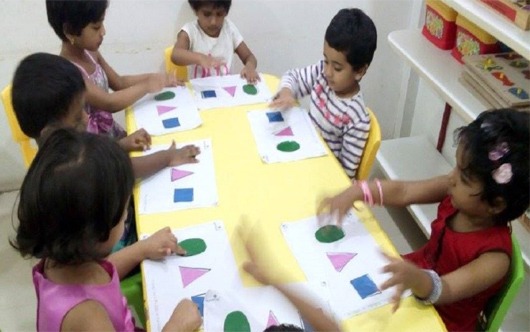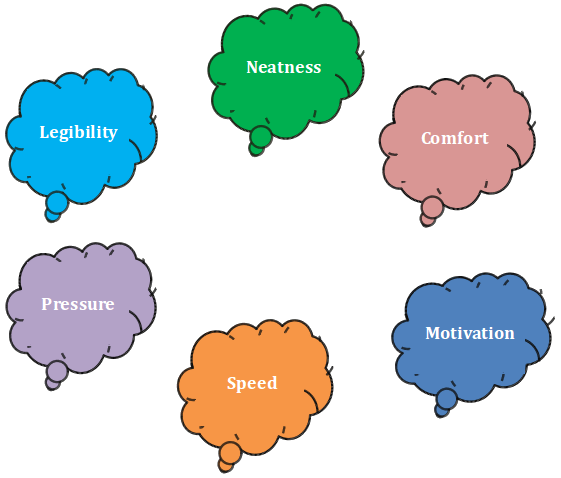Handwriting Improvement Classes
When to seek help
- Messy handwriting
- Poorly controlled writing
- Experiencing pain while writing
- Written words can’t be readout
- Pressing too hard while writing
- Very slow writing
- Writing very fast
- Reluctant to write
- Gives up writing too easily

Dysgraphia: Difficulty in writing
How to identify Dysgraphia
- Difficulty in shape-discrimination and letter spacing
- Trouble in organizing words on the page from left to right
- Writes letters that go in all directions, and letters and words that run together on the page
- Has a hard time writing on a line and inside margins
- Copies text slowly
- Has trouble holding a pencil correctly, tracing, tying shoes, doing puzzles
- Is unable to use scissors well or to color inside the lines
- Has trouble getting ideas down on paper quickly
- Has trouble understanding the rules of games
- Has a hard time following directions
- Has a hard time understanding spelling rules
- As trouble telling if a word is misspelled
- Can spell correctly orally but makes spelling errors in writing
- Spells words incorrectly and in many different ways
- Has trouble using spell-check—and when he does, he doesn’t recognize the correct word
- Mixes upper- and lowercase letters
- Has trouble reading his own writing
- Avoids writing
- Gets a tired or cramped handed when he writes
- Erases a lot
What can be done?
- Seek Occupational Therapist help
- The Therapist will need to assess the level of functioning in the following areas:
- VMI (Visual Motor Integration)
- Fine Motor Skills
- Visual Perceptual skills
- Bilateral motor Coordination skills
- Sensory Processing difficulties (attention, posture, tactile etc.
- Cognition (memory, problem-solving, reasoning etc.
Answers to the problem of writing

